The Foundational 4 Cs of Critical Thinking in K-12 Education
TeachThought
MAY 1, 2025
The 4 Cs of Critical Thinking: Critical Thinking, Communication. Collaboration, and Creativity.
This site uses cookies to improve your experience. To help us insure we adhere to various privacy regulations, please select your country/region of residence. If you do not select a country, we will assume you are from the United States. Select your Cookie Settings or view our Privacy Policy and Terms of Use.
Cookies and similar technologies are used on this website for proper function of the website, for tracking performance analytics and for marketing purposes. We and some of our third-party providers may use cookie data for various purposes. Please review the cookie settings below and choose your preference.
Used for the proper function of the website
Used for monitoring website traffic and interactions
Cookies and similar technologies are used on this website for proper function of the website, for tracking performance analytics and for marketing purposes. We and some of our third-party providers may use cookie data for various purposes. Please review the cookie settings below and choose your preference.

TeachThought
MAY 1, 2025
The 4 Cs of Critical Thinking: Critical Thinking, Communication. Collaboration, and Creativity.

TeachThought
AUGUST 20, 2024
Critical thinking is the ongoing application of unbiased analysis in pursuit of objective truth. Although its name implies criticism , critical thinking is actually closer to ‘ truth judgment ‘ based on withholding judgments while evaluating existing and emerging data to form more accurate conclusions.
This site is protected by reCAPTCHA and the Google Privacy Policy and Terms of Service apply.
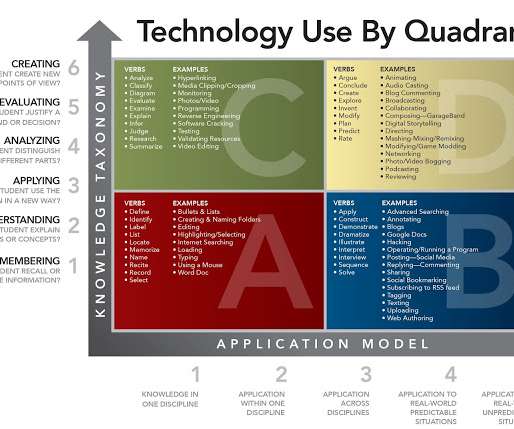
A Principal's Reflections
FEBRUARY 2, 2020
I still vividly remember having lunch with Dave Moyer, the superintendent, where he explained in detail the vision that had been set for the district, centered around the six C's (collaboration, communication, critical thinking, creativity, character, citizenship). It was at this time that the decision was made for me to assist.
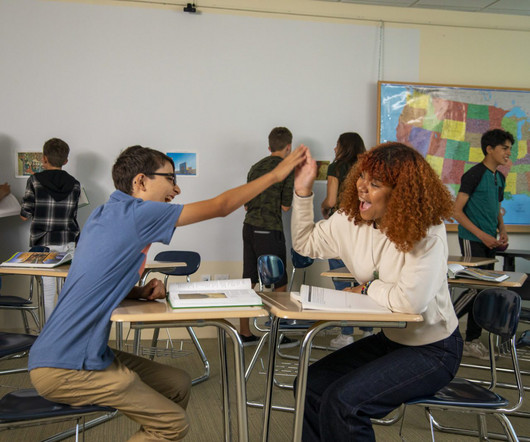
TCI
JANUARY 6, 2025
TCI, a leader in K-12 educational content and curriculum, is proud to announce that its K-6 and 7-12 Social Studies programs have received favorable reviews in the latest textbook adoption reports released by the Office of Instructional Materials & Library Services within the Mississippi Instructional Materials Review Board.

The Hechinger Report
JANUARY 13, 2020
In September 2019, I wrote about a review of the research on how to teach critical thinking by University of Virginia professor Daniel Willingham. A large study on teaching science to middle school students was published afterwards and it adds more nuance to this debate between critical thinking skills and content knowledge.

Digital Promise
NOVEMBER 16, 2015
To identify top challenges, we asked educators and education leaders to use a wiki survey crowdsourcing tool to answer the question: “Which is a bigger challenge in K-12 education?” Let us know: how are you tackling the top challenges in K-12 #education ? What kinds of solutions can be created to help?

TeachThought
JULY 20, 2024
Strategies for Teaching AI Concepts Without Technology by TeachThought Staff Preface: This post is primarily for general content-area K-12 teachers (likely 6-12). Discussions and Debates: To encourage critical thinking, engage students in conversations about AI ethics, societal impacts, and future possibilities.

ED Surge
MARCH 27, 2025
Thats a good thing in Adams view, as shes more than a little confident that todays K-12 students will be using AI in some fashion when they eventually join the workforce. Districts arent only thinking about AI as part of teaching theyre exploring how it can help with a wide swath of jobs. Thats up from just 6 percent in 2024.

NCHE
APRIL 1, 2025
Since 1990, NCHE has supported K-12 teachers in the development and implementation of history education, with support from scholars, museums, historic sites, and other history educators. Today, NCHEs work focuses on three areas: professional learning, community building, and advocacy.

TeachThought
DECEMBER 12, 2024
Harnessing Kairos: Balancing Structured Time and Learning Velocity in K-12 Classrooms Time in education is about more than minutes on the clock or adhering to rigid schedules. ’ See also Critical Thinking Is A Mindset In practical terms, learning velocity is the pace at which a student processes, absorbs, and applies knowledge.

The Hechinger Report
SEPTEMBER 9, 2019
Critical thinking is all the rage in education. Some argue that critical thinking should be the primary purpose of education and one of the most important skills to have in the 21st century, with advanced machines and algorithms replacing manual and repetitive labor. But it is entirely applicable to the American context.
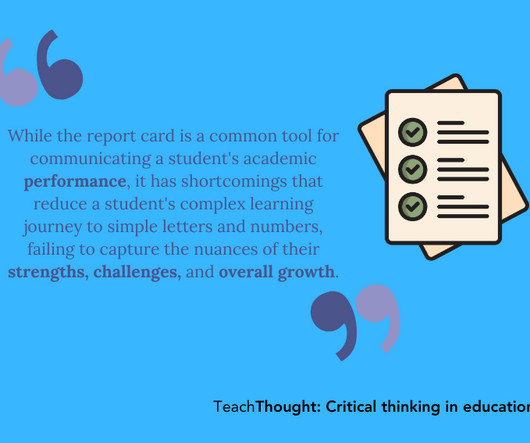
TeachThought
SEPTEMBER 4, 2024
15 Alternatives To Report Cards In The K-12 Classroom by TeachThought Staff Like lunchboxes (or brown paper sacks), field trips, and textbooks, report cards are iconic–symbols of traditional classrooms and traditional approaches to education. Develop students’ reflective and critical thinking skills.

ED Surge
JANUARY 5, 2023
The 10 Most Popular K-12 Stories, in Descending Order 10. The truth, she realized, is that she often deviates from lesson plans and works outside her job duties, to prepare her students “to change the world, to navigate the unpredictable with critical thinking and resilience.” Thank you, as always, for reading.

ED Surge
FEBRUARY 19, 2025
Mostly an administrator these days, Fisher still teaches honors algebra at Breakwater, a pre-K-8th independent school in Portland, Maine. For instance, play in early education reinforces the development of social-emotional skills and critical thinking. When he teaches a math class, Tom Fisher wants students to feel confused.
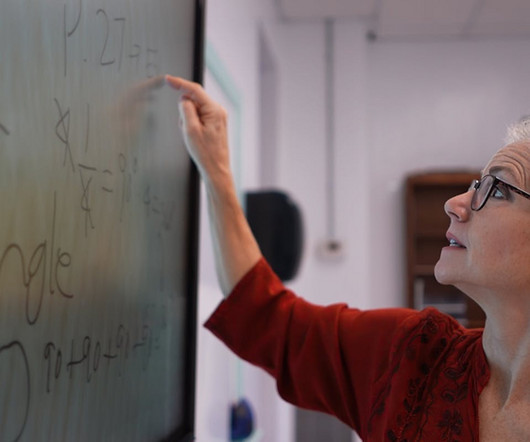
ED Surge
APRIL 8, 2025
Other assessments such as the critical thinking-focused international PISA exam have also indicated declining math abilities. The list of explanations ranges from a math-avoidant culture to schools difficulties hiring and keeping talented teachers, a job that seems to have become harder postpandemic.
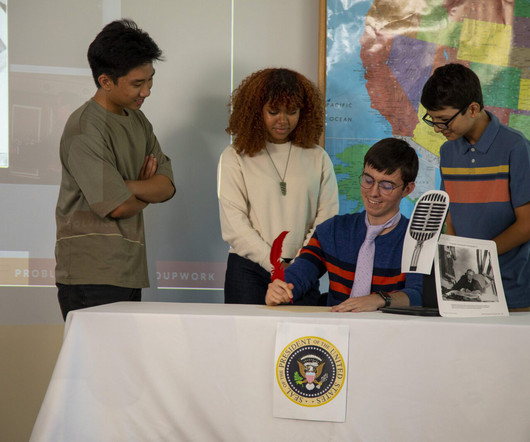
TCI
NOVEMBER 12, 2024
Responding to these concerns, the federal government increased funding for K-12 civics and history education funding from $7.75 Emphasis on Social Studies Practices: Materials emphasize inquiry-based learning, analysis of primary and secondary sources, and the development of critical-thinking skills.

The Hechinger Report
MARCH 5, 2025
Older children, experts say, need thoughtful questioning and responses that help develop critical thinking skills and vocabulary. Can you imagine being in a room with 12 2-year-olds who are not potty trained by yourself every day? Daniel said questions should nurture vocabulary development and critical thinking skills.
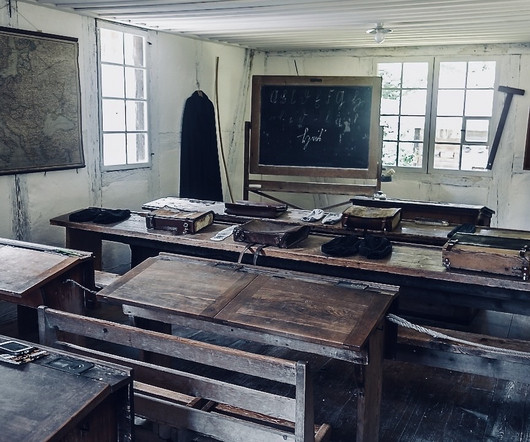
Teaching American History
MARCH 11, 2025
Since the disruption of schooling during COVID, shes also spent time catching students up on critical thinking skills. Most voters focused on a point she raised as she introduced herself: that no one then serving on the Dublin School Board had experience as a K-12 classroom teacher. This surprised voters.

ED Surge
APRIL 30, 2025
Dr. Zachery-Ross brings over 25 years of experience in K-12 education, starting as a teacher and school psychologist in Detroit Public Schools. It fosters critical thinking, creativity, innovation and real-world problem-solving skills, preparing students for an AI-driven world.

ED Surge
JANUARY 16, 2025
Theyre not allowed in any K-12 classrooms. Those questions that kids ask, and their ability to think through those questions, their ability to think about whether something seems feasible, seems likely that's all critical thinking. Theyre not allowed at all on elementary and middle school campuses.
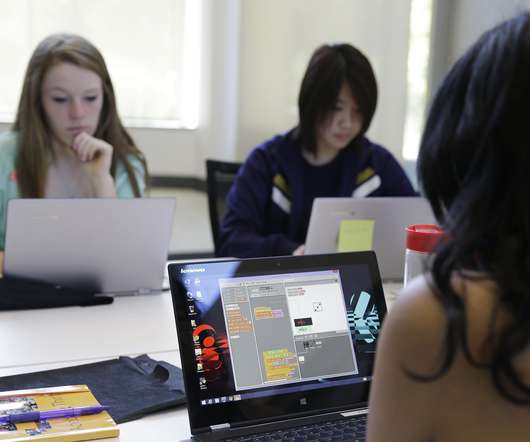
The Hechinger Report
DECEMBER 9, 2021
The end goal is not to just provide access to digital devices — it’s to develop the skills to use these tools for heightened learning, critical thinking and self-expression. In the early grades (pre-K-3), students should engage in foundational computational skill building, such as pattern recognition.

Catlin Tucker
OCTOBER 29, 2021
To reinforce the reality that the station rotation model is a K-12 model, I highlight the benefits of this model for teachers, which include: The ability to create small learning communities within the larger class.

TCI
FEBRUARY 28, 2025
Active learning strategies have transformed K-12 classroom instruction, shifting away from passive lectures to interactive, student-centered learning experiences. Research shows that active learning increases student performance, reduces failure rates, and fosters deeper critical thinking. What Is Active Learning?
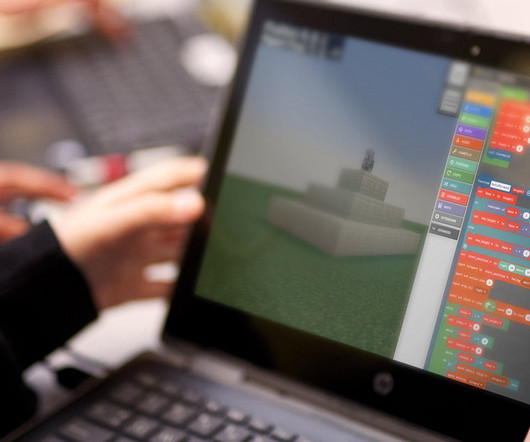
ED Surge
MAY 15, 2024
STEM education is not just about science and math; it develops skills such as creativity, communication, empathy and critical thinking that complement technologies like generative AI and coding. As the demand for digital skills grows, schools must develop inclusive programs to engage diverse learners.

The Hechinger Report
MAY 5, 2024
That’s a good start, but to be transformative, nationally, content should be representative and include African American studies; Asian American studies; Latinx studies; Native American Studies; women, gender and sexuality studies; and sociology and other social sciences across the K-12 curriculum.
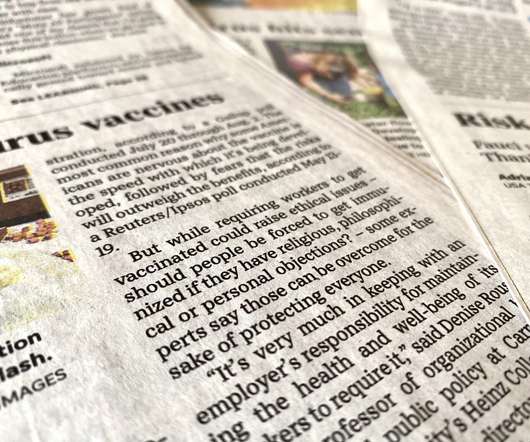
The Hechinger Report
FEBRUARY 11, 2021
Some universities and some K-12 school systems have developed media literacy courses and standards to help. At the K-12 level, states have begun incorporating media literacy into their standards and programs have begun cropping up aimed at training students to be better consumers of news.

ED Surge
JANUARY 24, 2024
Critical Skills in the Age of AI Which skills is the natural next question. Power Skills, which include creativity, collaboration, resilience, leadership and critical thinking , make all other skills more effective. Students learn critical skills through NXTLVL's game-based learning program.
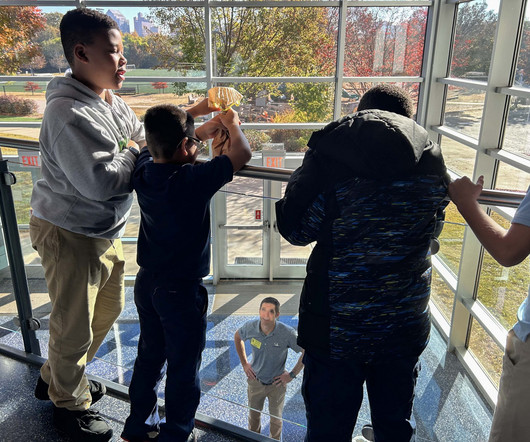
The Hechinger Report
OCTOBER 2, 2023
This is STEM education in action: Hands-on projects help students develop critical thinking skills while sparking interest in science, technology, engineering and math. Students need opportunities to develop the critical thinking skills that will allow them to succeed in these fields.

ED Surge
MARCH 6, 2023
Before transitioning to EdTech, Levine enjoyed 30 years working in various positions in K-12 and higher ed. Elliott Levine Director of Business Development Qualcomm Technologies If we look at K-12 education on a worldwide level, the majority of learners don't have internet access at home. Don’t be afraid to fail.
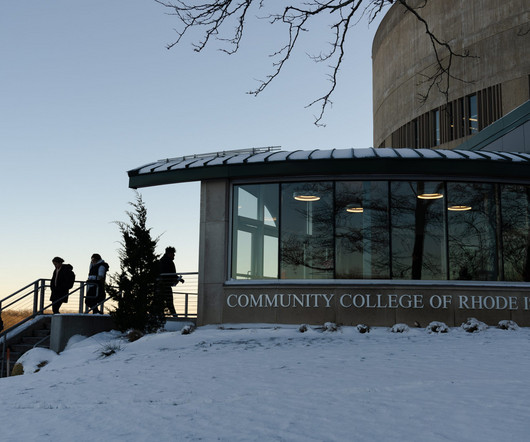
The Hechinger Report
APRIL 22, 2024
Students who learned virtually or in hybrid settings largely missed out on the critical thinking that develops through classroom conversations. Providing college students with developmental coursework means creating and delivering compact and efficient lessons to help them fill their K-12 learning gaps.
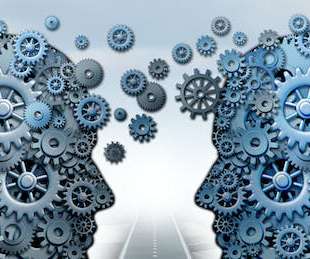
ED Surge
JANUARY 30, 2023
These competencies include creativity and innovation, communication, critical thinking and problem-solving, citizenship, flexibility and adaptability, and resilience. Does it have a commitment to 21st Century Skills but is still working on exactly what such skills are and how they exist across the K-12 spectrum?
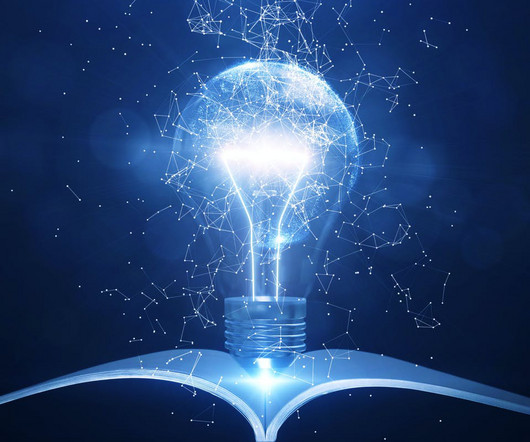
ED Surge
DECEMBER 13, 2023
AI Literacy applies 21st-century skills , including communication, collaboration, critical thinking and creativity. These pathways articulate system-wide, K-12 learning opportunities that are consistent across classrooms, cumulative from year to year and competency-based. What Is AI Literacy?
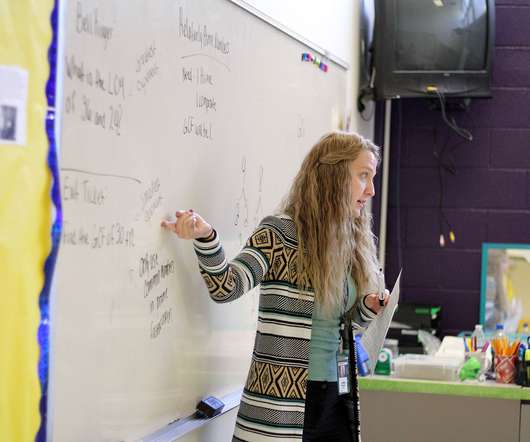
The Hechinger Report
SEPTEMBER 28, 2020
Some teacher educators have pushed back at me on this point, asserting that it is the job of the K-12 system to have provided this basic knowledge. Anyone who thinks a future elementary teacher can get by without thorough preparation in history probably hasn’t turned on the news lately.

ED Surge
DECEMBER 20, 2021
students in grades 5-12 reveals that access to school-based learning opportunities and role models is highly correlated with students’ persistence on their career journey. The study of U.S. Since launching in April, the “Meet an Amazonian” experiences have reached more than 150,000 students from over 2,000 U.S. Title I eligible schools.

The Hechinger Report
OCTOBER 7, 2019
More K-12 schools are emphasizing the noncognitive skills that students can access throughout their schooling and careers. Kindergarten should not merely establish a springboard for success in upper grades. It is also the developmental foundation for mastery of content that is the focus of elementary, middle and high school.

The Hechinger Report
JANUARY 26, 2021
Squinting at my 16” laptop screen 12 hours every day while communicating with students and grading their papers was growing painful, so I bought a 34” curved ultra-wide external monitor ($570). I bought paint ($170) to re-do the walls. Nationally, the most at-risk faculty teach the most at-risk students with the least support.

The Hechinger Report
MAY 10, 2020
Since 2017, students in Mineola have been introduced to coding through unplugged classes in pre-K, and by first grade, have been allowed to take the devices home. In a pre-K class at Hampton Street students worked on learning the letter L by cutting it from paper or fashioning it from clay. Otherwise, we’re not doing our job.”.
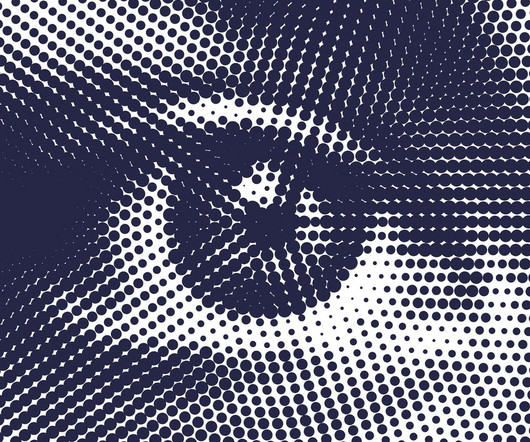
ED Surge
FEBRUARY 13, 2024
Deploying these tools in that way assumes that quick, iterative feedback drives critical thinking — when what students really need are deep conversations that will pull them in unexpected directions, Aguilar says. As part of his role at the center, Aguilar conducted research into how teachers think about AI in classrooms.

The Hechinger Report
JANUARY 30, 2023
When we asked the students to question data on climate change and its sources, they dove in, displaying curiosity, critical thinking skills, computer and data literacy. Despite this, the diverse group of teenagers arrived each day, taking time out from their challenging home lives, eager to learn.

TCI
JANUARY 21, 2025
The three critical elements of a good game are strategy, chance, and design. A well-defined plan or method to achieve victory not only adds depth to the game but also encourages critical thinking. Strategy: At the heart of every great game is strategy.

The Hechinger Report
NOVEMBER 13, 2023
Martin said that the survey showed that high schools should stress “reasoning and critical thinking skills, decrease the emphasis on specific mathematical topics, and increase the focus on data analysis and statistics.” Yet, in many K-12 classrooms, statistics is the proverbial end-of-the-year unit that you may or may not get to.
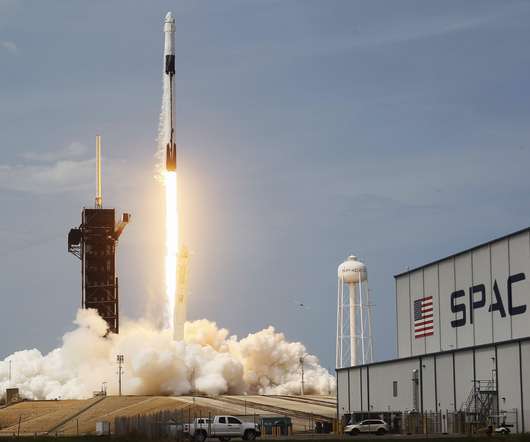
The Hechinger Report
APRIL 9, 2021
Many teachers don’t like assessments either, bemoaning the lost resources for other aspects of learning, like critical thinking , that have been drawn away by test prep. It can now cost tens of thousands of dollars to generate a single K-12 test question.

The Hechinger Report
DECEMBER 21, 2023
Tonya Clarke, the coordinator of K-12 mathematics for Clayton County schools, and her colleagues shared the Cardi B lesson at a math convention earlier this fall as an example of a culturally relevant lesson that can lure students into thinking about math in a way that is engaging and exciting.

ED Surge
DECEMBER 20, 2023
Jackie Gerstein Recently, EdSurge spoke with three participants of the AI Explorations program to learn about its impact in K-12 classrooms: Dr. Jackie Gerstein, Dr. Brandon Taylor and Dr. Stacy George. The activity develops students’ problem-solving, critical thinking, communication and collaboration skills.
Expert insights. Personalized for you.
We have resent the email to
Are you sure you want to cancel your subscriptions?


Let's personalize your content